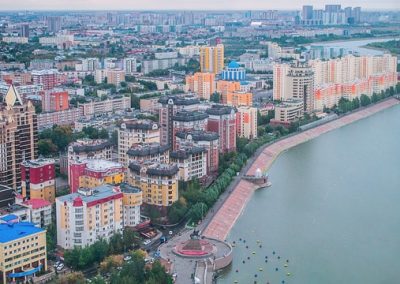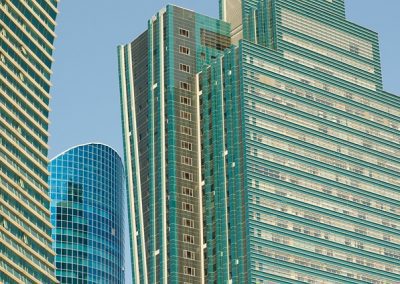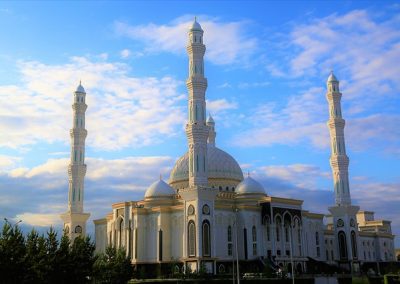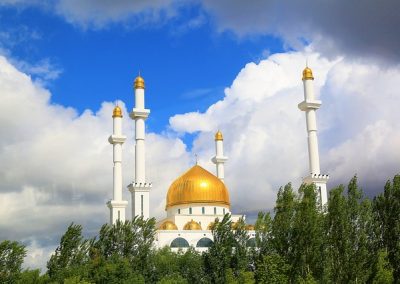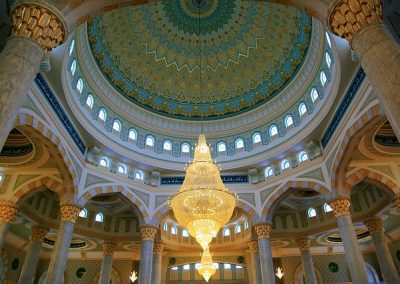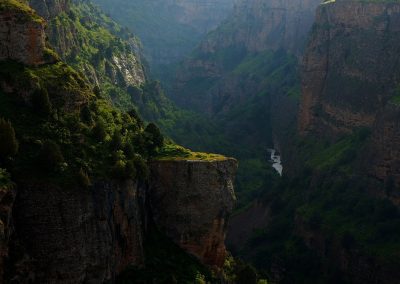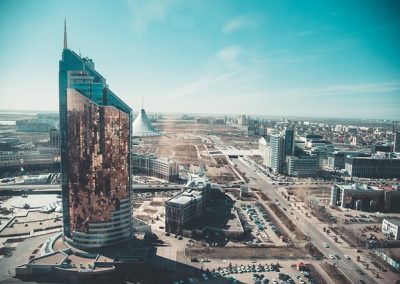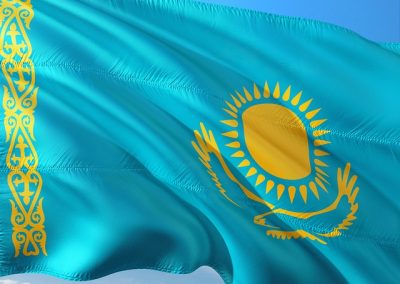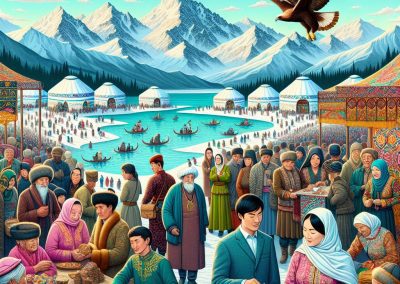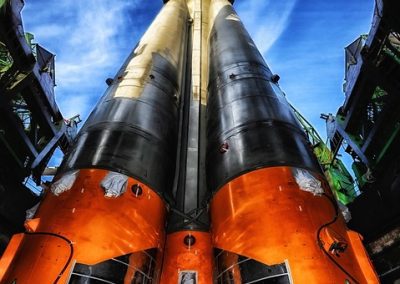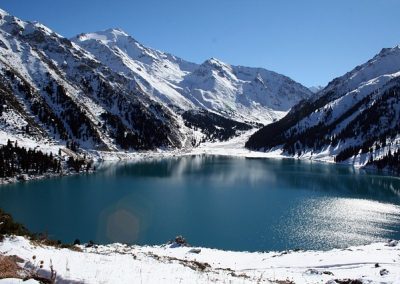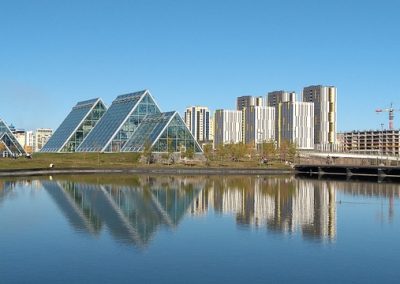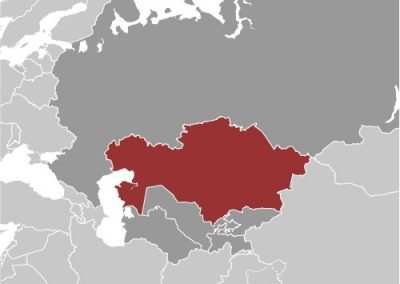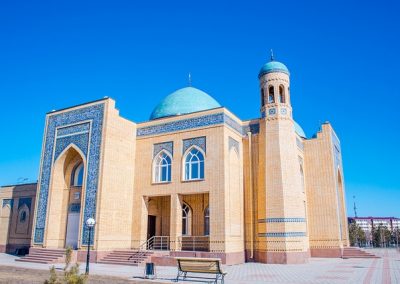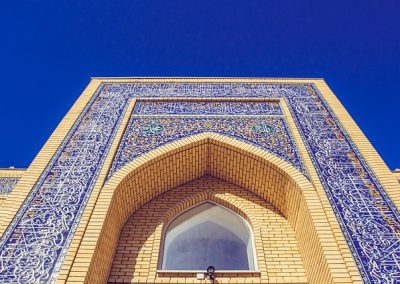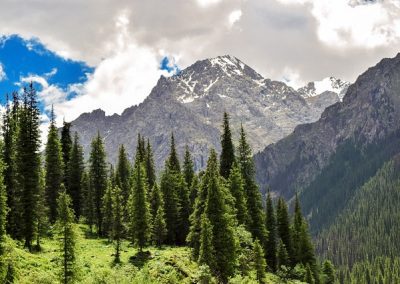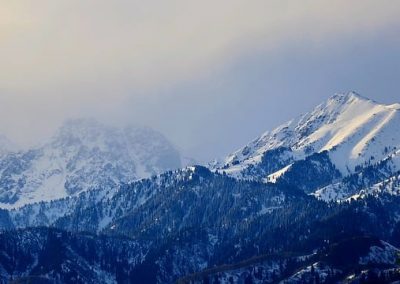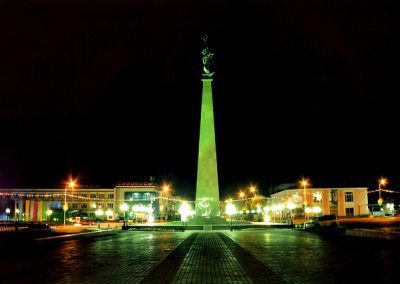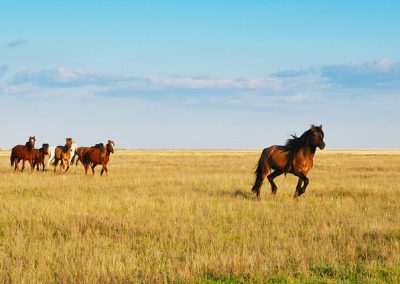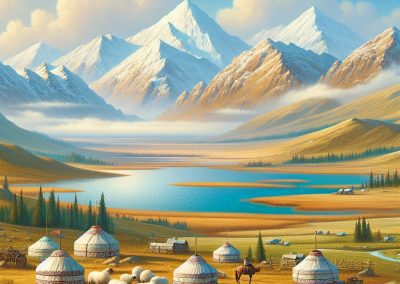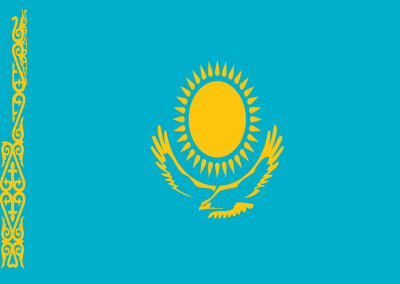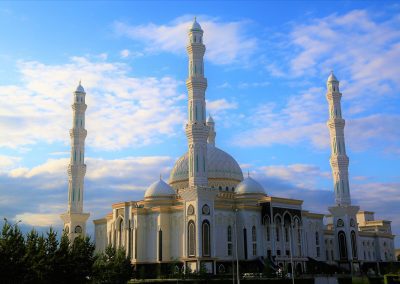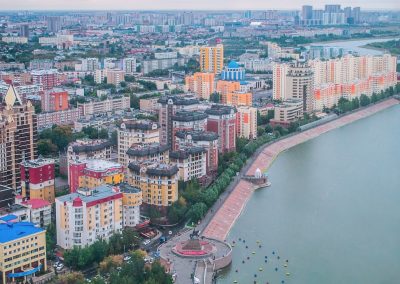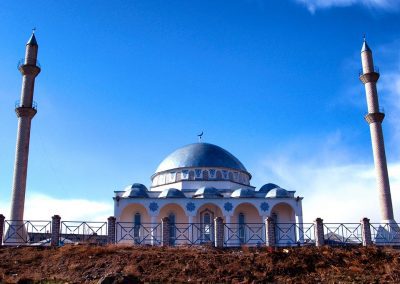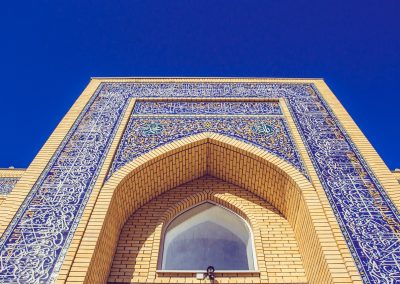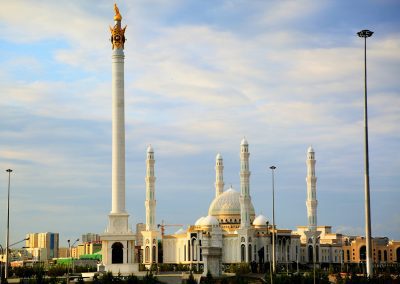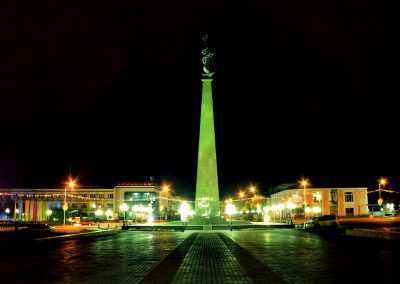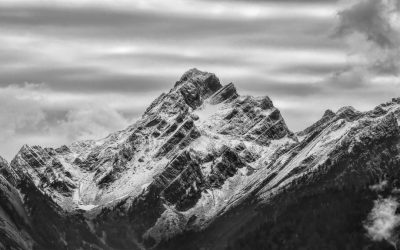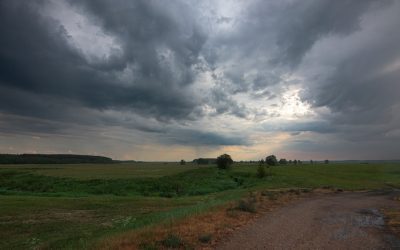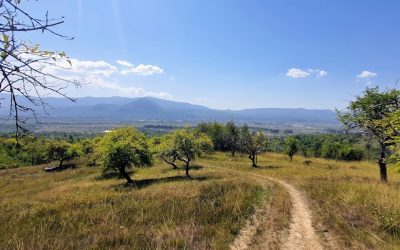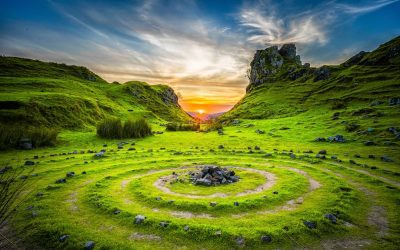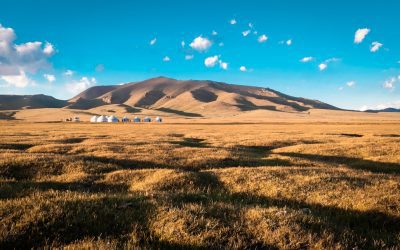Kazakhstan
(Kyrgyz Respublikasy (Kyrgyz); Respublika Kirgizstan (Russian) (Kyrgyz Republic))
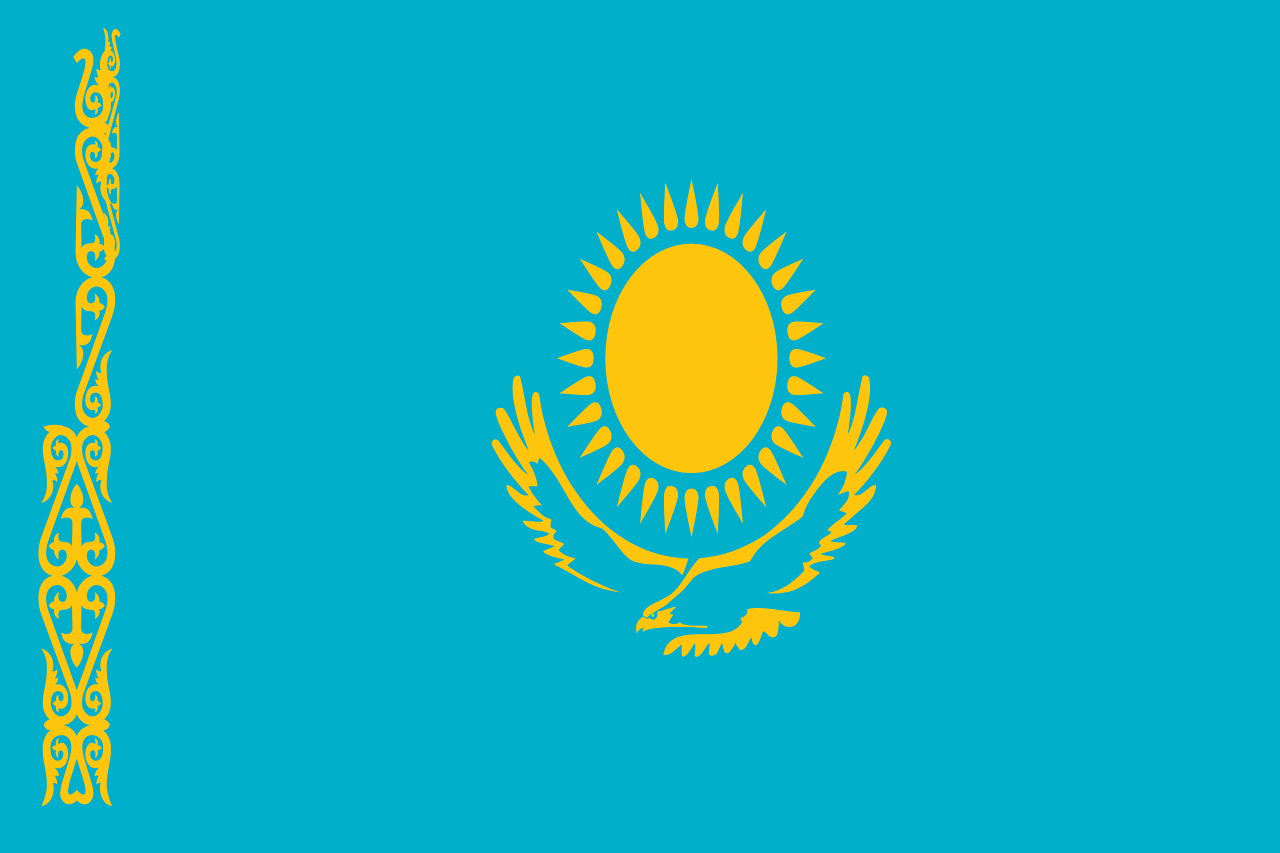
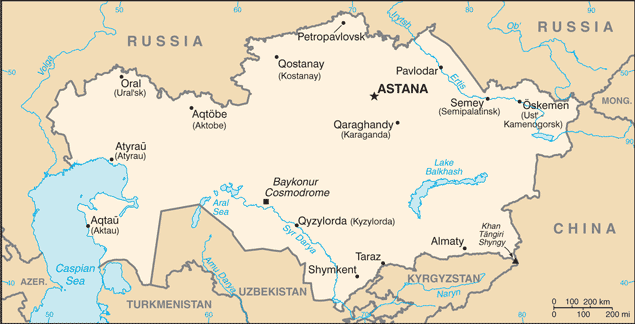
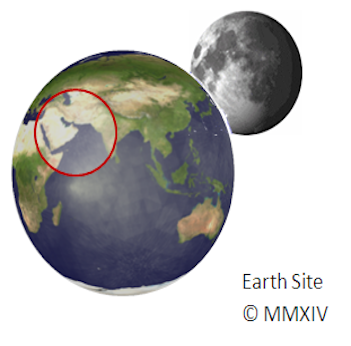
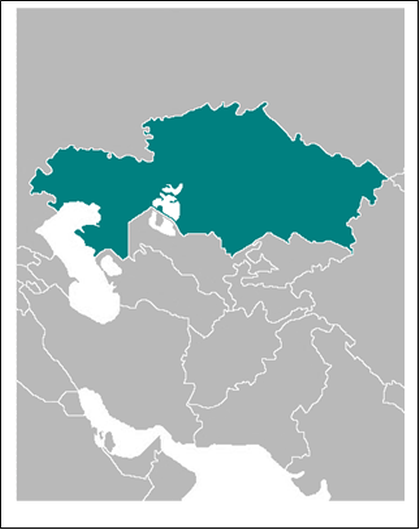
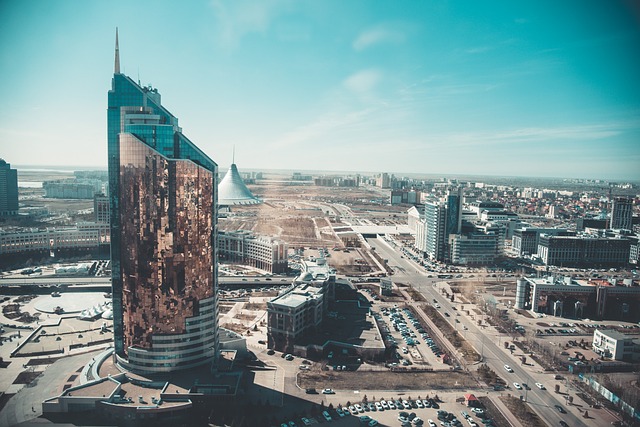
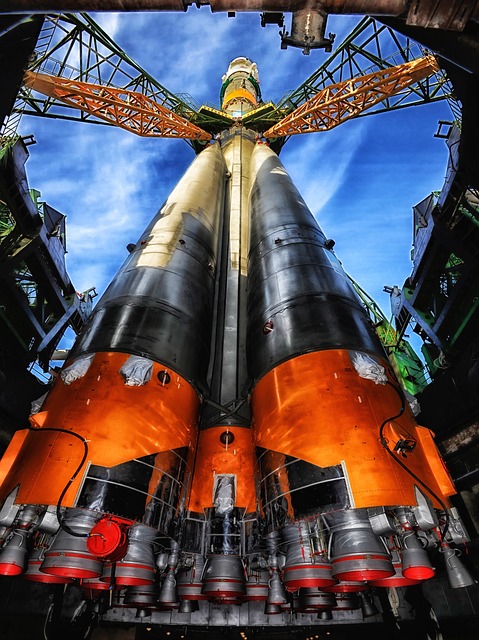
Capital: Bishkek
Population (Estimated July 2012): 5,496,737
Area: 199,945 km2 or 77,199 mi2
Currency: Kyrgyzstan Som (KGS)
Official Language: Kyrgyz; Russian
Political Information: Parliamentary Republic
Official Religion: No Official Religion (approximately 75% of the population are Muslim, 20% are Russian Orthodox and 5% have other religious beliefs).
Highest Mountain: Jengish Chokusu (Victory Peak) at 7,439m or 24,406ft
GDP Official Exchange Rate (OER is more precise at gauging a countries economic power)
(Estimated 2011): $180.1 billion (US$) or (GBP)
GDP (OER) Per Capita (per member of the population estimated 2011): (US$) or (GBP)
GDP Purchasing Power Parity (PPP is good for gauging living conditions and use of resources but not as accurate as OER. This data has been calculated based on the sum value of all goods and services produced in the country valued at prices prevailing in the United States)
(Estimated 2011): $216.4 billion (US$) or (GBP)
GDP (PPP) Per Capita (per member of the population estimated 2011): $13,000 (US$) or (GBP)
Time Zone (GMT/UTC): +6:00
Wildlife:
Counties/Provinces/States: 7 provinces (oblastlar, singular – oblasty) and 1 city* (shaar); Batken Oblasty, Bishkek Shaary*, Chuy Oblasty (Bishkek), Jalal-Abad Oblasty, Naryn Oblasty, Osh Oblasty, Talas Oblasty, Ysyk-Kol Oblasty (Karakol)
Leaders: President Almazbek Atambayev, with Prime Minister Omurbek Babanov.
Additional: Gained independence from the Soviet Union on the 31st of August 1991.
Kazakhstan
Kazakhstan, the world’s largest landlocked country, is located in Central Asia and Eastern Europe. It shares borders with Russia, China, Kyrgyzstan, Uzbekistan, and Turkmenistan, as well as the Caspian Sea to the west. The country is known for its diverse landscapes, ranging from the Caspian lowlands to the Altai Mountains and the vast steppes. With a population of over 18 million people, Kazakhstan is a multi-ethnic and multi-cultural society, with Kazakhs being the largest ethnic group, followed by Russians, Uzbeks, Ukrainians, and others. The capital city, Nur-Sultan, was formerly known as Astana, and is a modern metropolis with futuristic architecture and a thriving cultural scene.
Kazakhstan gained independence from the Soviet Union in 1991 and has since made significant strides in developing its economy and infrastructure. The country is rich in natural resources, including oil, gas, and minerals, which have contributed to its economic growth. Kazakhstan is also a member of the Eurasian Economic Union and the Shanghai Cooperation Organisation, which has strengthened its ties with neighbouring countries and enhanced its global influence. With its strategic location and abundant natural resources, Kazakhstan has become an important player in the region and on the world stage.
Summary
- Kazakhstan is the ninth largest country in the world and the largest landlocked country, located in Central Asia.
- The country has a diverse geography, including mountains, deserts, and steppe, and experiences an extreme continental climate with hot summers and cold winters.
- Kazakhstan has a rich history, with influences from nomadic tribes, the Mongol Empire, and the Soviet Union, and a unique culture with traditions like eagle hunting and yurt dwelling.
- The economy of Kazakhstan is driven by oil, gas, and mineral resources, and the country is working towards diversifying its industries and attracting foreign investment.
- Kazakh cuisine is influenced by the nomadic lifestyle and includes dishes like beshbarmak and kumis, and the country offers diverse tourism opportunities, from modern cities to natural wonders like the Charyn Canyon.
Geography and Climate of Kazakhstan
Kazakhstan’s vast territory covers over 2.7 million square kilometres, making it the ninth-largest country in the world. The landscape is incredibly diverse, with mountains, deserts, steppes, and lakes. The Altai Mountains in the east are a popular destination for outdoor enthusiasts, offering opportunities for hiking, skiing, and mountaineering. The Caspian lowlands in the west are home to rich oil and gas reserves, while the central steppes are known for their wide-open spaces and nomadic traditions. The country also boasts the Baikonur Cosmodrome, the world’s first and largest operational space launch facility.
The climate in Kazakhstan varies widely from region to region. In the south, the climate is arid and semi-arid, with hot summers and mild winters. In the north, the climate is continental, with cold winters and hot summers. The country experiences a wide range of temperatures throughout the year, from sub-zero temperatures in winter to scorching heat in summer. The diverse geography and climate of Kazakhstan make it a fascinating destination for nature lovers and adventure seekers.
History and Culture of Kazakhstan
Kazakhstan has a rich history that dates back thousands of years. The region was inhabited by nomadic tribes and ancient civilizations, including the Scythians, Saka, and Huns. In the 13th century, Genghis Khan and his Mongol armies conquered the territory, leaving a lasting impact on the culture and traditions of the region. In the 15th century, Kazakhstan became part of the Kazakh Khanate, which was later incorporated into the Russian Empire in the 19th century. The Soviet era brought significant changes to Kazakhstan, including forced collectivisation and industrialisation, as well as the establishment of nuclear test sites.
Today, Kazakhstan is a melting pot of different cultures and traditions, with influences from Russia, China, Mongolia, and Central Asia. The country is known for its vibrant music and dance traditions, including the dombra, a traditional string instrument, and the lively Kazakh folk dances. The Kazakh people also have a rich tradition of storytelling and oral poetry, which has been passed down through generations. In recent years, Kazakhstan has made efforts to preserve and promote its cultural heritage through festivals, museums, and cultural events.
Economy and Industry in Kazakhstan
Kazakhstan has experienced rapid economic growth since gaining independence in 1991. The country’s economy is driven by its abundant natural resources, including oil, gas, coal, and minerals. Kazakhstan is one of the world’s leading producers of uranium and has significant reserves of copper, iron ore, and gold. The energy sector plays a crucial role in the economy, with oil and gas accounting for a large portion of the country’s exports.
In recent years, Kazakhstan has made efforts to diversify its economy by investing in other industries such as agriculture, manufacturing, and technology. The government has also implemented economic reforms to attract foreign investment and promote entrepreneurship. The country’s strategic location at the crossroads of Europe and Asia has made it an important hub for trade and transportation. With its growing economy and modern infrastructure, Kazakhstan offers numerous opportunities for business and investment.
Kazakh Cuisine and Traditions
Kazakh cuisine is a reflection of the country’s nomadic heritage and diverse cultural influences. Traditional Kazakh dishes often feature meat, dairy products, and grains, reflecting the nomadic lifestyle of the Kazakh people. Some popular dishes include beshbarmak, a hearty meat stew served with noodles; kazy, a type of horse sausage; and kumis, a fermented mare’s milk drink. Bread holds a special significance in Kazakh culture and is often served with every meal.
Kazakh traditions are deeply rooted in hospitality and respect for elders. Guests are welcomed with open arms and are often treated to an elaborate feast featuring an array of traditional dishes. The Kazakh people also have a strong tradition of horsemanship and equestrian sports, such as kokpar (a traditional horseback game) and horse racing. Traditional crafts such as carpet weaving and embroidery are also an important part of Kazakh culture, with intricate designs and patterns that reflect the country’s rich heritage.
Tourism in Kazakhstan
Kazakhstan’s diverse landscapes and rich cultural heritage make it an attractive destination for tourists. The country offers a wide range of outdoor activities, including hiking in the Altai Mountains, exploring the Charyn Canyon, and visiting the beautiful Kolsai Lakes. The city of Almaty is known for its vibrant nightlife, modern architecture, and proximity to ski resorts in the nearby mountains. Nur-Sultan boasts futuristic skyscrapers, world-class museums, and a thriving arts scene.
In recent years, Kazakhstan has made significant investments in developing its tourism infrastructure, including new hotels, resorts, and transportation facilities. The government has also implemented visa-free entry for citizens of many countries to promote tourism. With its unique blend of natural beauty and cultural attractions, Kazakhstan has the potential to become a major player in the global tourism industry.
Future Prospects for Kazakhstan
Looking ahead, Kazakhstan faces both challenges and opportunities as it seeks to further develop its economy and society. The country’s reliance on natural resources makes it vulnerable to fluctuations in global commodity prices, highlighting the need for diversification and innovation. Kazakhstan has made efforts to promote sustainable development and green technologies to reduce its environmental impact.
The government has also prioritised education and human capital development to prepare the workforce for the challenges of the 21st century. Investments in healthcare, infrastructure, and technology are crucial for ensuring long-term prosperity for the people of Kazakhstan. With its strategic location at the crossroads of Europe and Asia, Kazakhstan has the potential to become a key player in regional cooperation and trade.
In conclusion, Kazakhstan is a country with a rich history, diverse culture, and vast potential for growth. Its unique blend of natural beauty and modern infrastructure makes it an attractive destination for tourists and investors alike. With continued investment in education, innovation, and sustainable development, Kazakhstan is well-positioned to thrive in the global economy while preserving its rich cultural heritage for future generations.
Terrain and Topography of Kazakhstan: mountains, valleys, and plains.
Kazakhstan, the ninth largest country in the world, is situated in Central Asia and is renowned for its diverse terrain and topography. The nation shares borders with Russia to the north, China to the east, Kyrgyzstan, Uzbekistan, and Turkmenistan to the south, and...
Climate Zones of Kazakhstan: Different climate regions Of Kazakhstan
Kazakhstan, the ninth largest country in the world, is situated in Central Asia and is characterised by diverse climate zones. The nation’s expansive territory extends from the Caspian Sea in the west to the Altai Mountains in the east, and from the Siberian...
Political Boundaries of Kazakhstan: Provinces, Districts, or Historical Boundaries.
Kazakhstan, the largest landlocked country in the world, is situated in Central Asia. It shares borders with Russia to the north, China to the east, Kyrgyzstan, Uzbekistan, and Turkmenistan to the south, and the Caspian Sea to the west. The country is administratively...
History of Kazakhstan
Kazakhstan possesses a rich and diverse history spanning thousands of years. The region was inhabited by nomadic tribes as early as the 1st millennium BC, with evidence of early human settlement found in the form of ancient petroglyphs and archaeological sites. The...
Population Density of Kazakhstan
Population density refers to the number of people living in a specific area, typically measured in square kilometres or square miles. It is a crucial demographic indicator that offers insights into the distribution of people within a country or region. In Kazakhstan,...
Natural Resources of Kazakhstan: Where Natural Resources are located In Kazakhstan
Kazakhstan, the ninth largest country in the world, is abundant in natural resources. The nation’s diverse landscape encompasses vast steppes, deserts, mountains and forests, which harbour a wide variety of natural assets. Kazakhstan’s natural resources...
Cultural or Historical Sites of Kazakhstan: Important Cultural Landmarks or Historical Sites In Kazakhstan
Kazakhstan, the ninth largest country in the world, boasts a rich cultural and historical heritage. The nation is home to a diverse array of cultural and historical sites that reflect its long and varied past. From ancient mausoleums to stunning natural landscapes,...
Discovering the Hidden Gems of Kazakhstan: A Journey Through Central Asia’s Best-Kept Secret
Kazakhstan, the ninth largest country in the world, is a hidden gem waiting to be explored. Located in Central Asia, this vast and diverse country offers a wealth of natural wonders, cultural treasures, and thrilling outdoor activities. From the majestic Altai...
